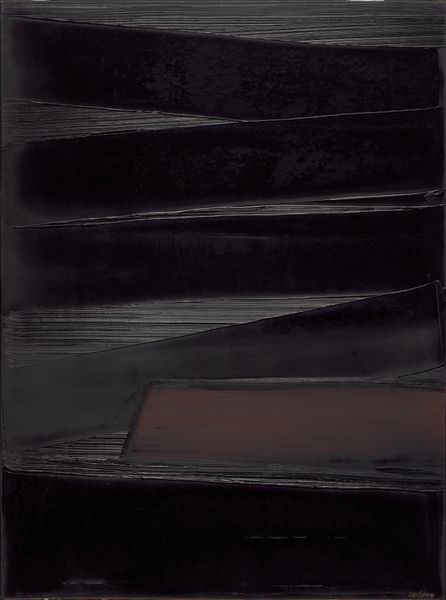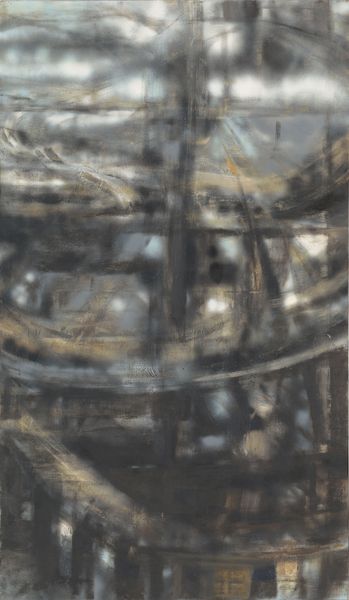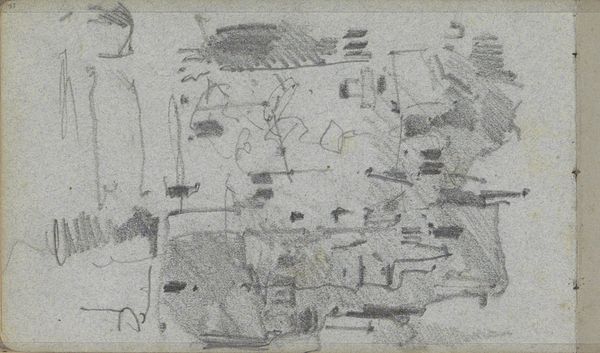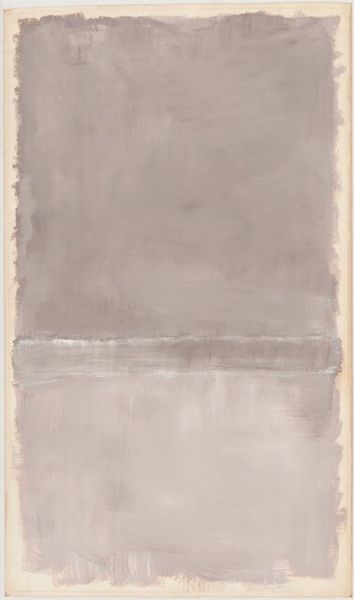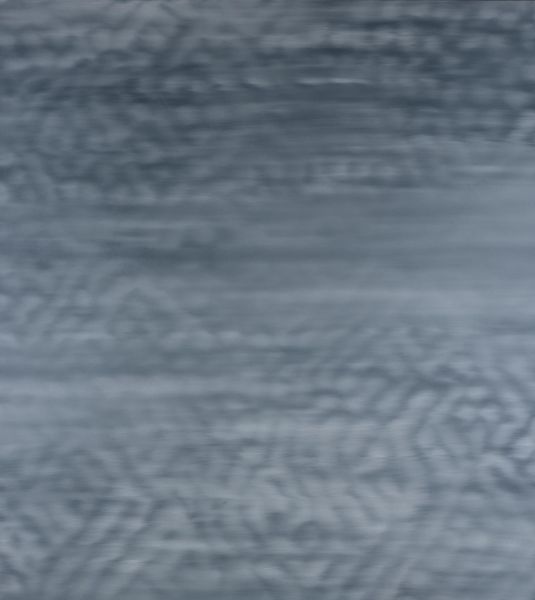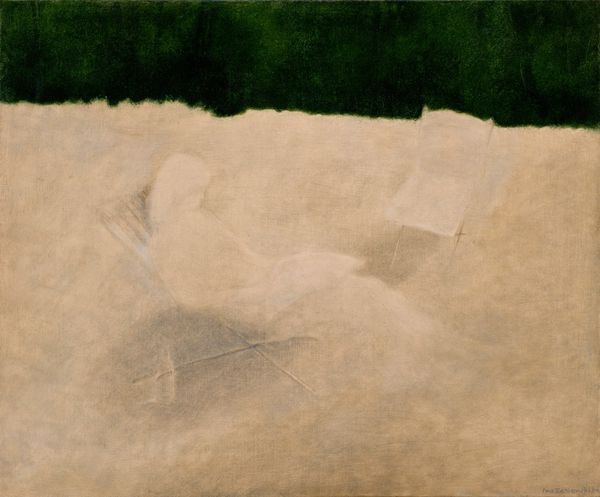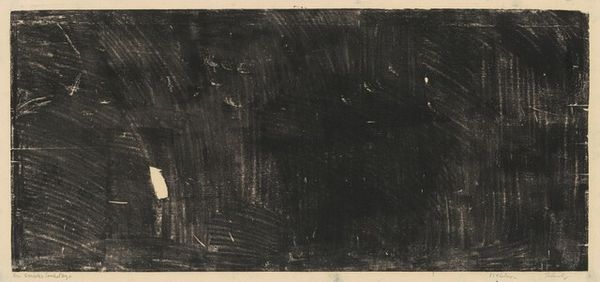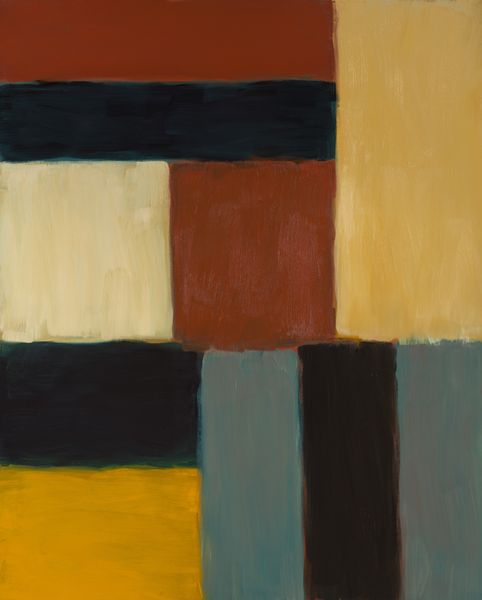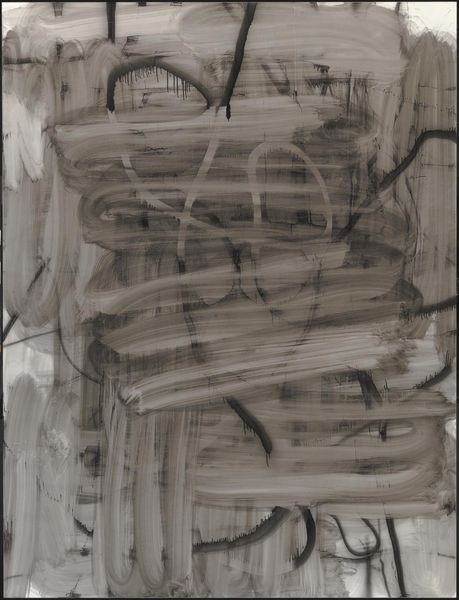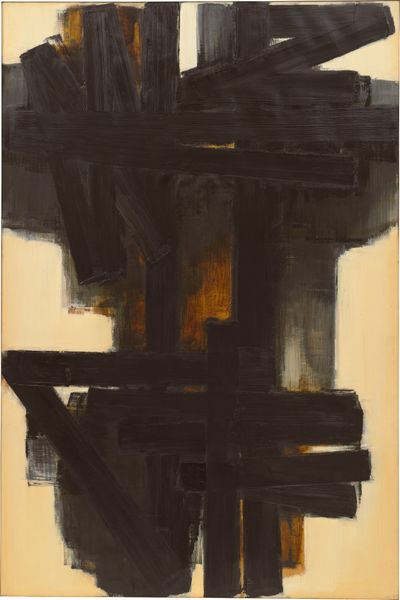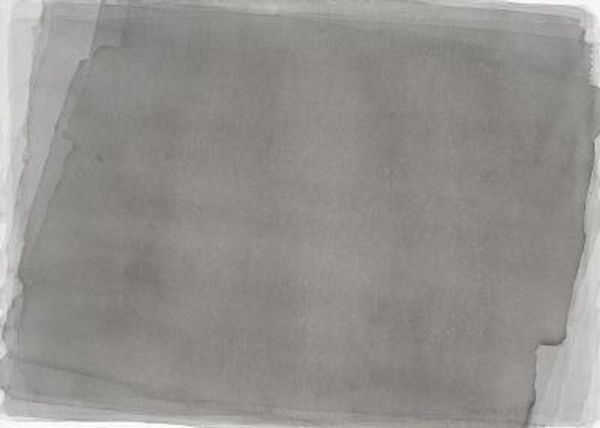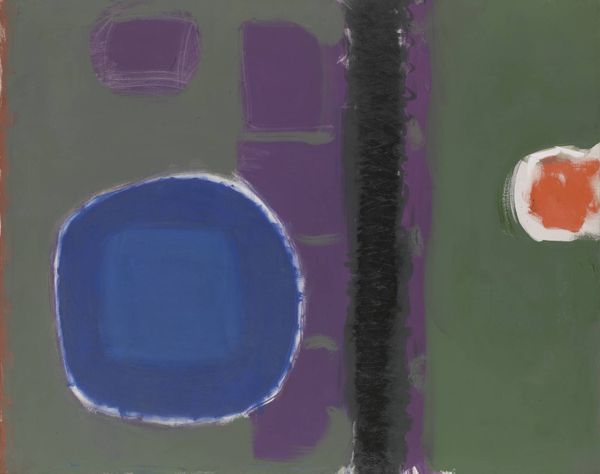
oil-paint
#
abstract-expressionism
#
oil-paint
#
colour-field-painting
#
geometric
#
abstraction
Copyright: Mark Rothko,Fair Use
Curator: Standing before us is an “Untitled” piece from 1969 by Mark Rothko. Rothko worked primarily with oil paint and this piece exemplifies his signature style within abstract expressionism, specifically in the realm of Color Field painting. What's your first take on this work? Editor: A feeling of quietude. But, simultaneously, constraint. The weighty darkness presses down on a softly lit, brushed plane. It feels… meditative, but burdened. Curator: "Meditative but burdened" – that's insightful. The layering, or perhaps the tension, comes across immediately, doesn't it? We see here Rothko exploring these stark chromatic contrasts; characteristic of his later works and what some might call the “melancholy phase” in his artistic path. Do you think this simplicity amplifies its emotional resonance? Editor: Absolutely. Consider 1969, the year this work was produced. A period marked by social upheaval and political conflict. Rothko strips down form and utilizes only tone to elicit deeply human emotional responses: grief, alienation, a certain austerity. He wasn't making merely "pretty pictures," was he? The greyscale evokes solemnity, similar to monuments memorializing grave loss and societal challenges. Curator: Very true. I always think of Rothko as such a profoundly American artist. He sought to evoke a kind of primal emotional response through these large, nebulous blocks of color, attempting to engage viewers in almost a spiritual dialogue. And it’s not about any overt social statement but really probing that universal core. You’re framing Rothko’s abstractions with direct contemporary references – how should that inform our understanding? Editor: Because this aesthetic choice resists facile interpretation! Rothko confronts viewers with an experience rather than a straightforward image. It requires you to feel – and question – within its historical moment and also outside it. Why does this spareness evoke a sense of dread? And who did his abstraction really serve during a time where other artists were directly advocating change and picturing radical demands? Curator: So it sounds like what Rothko does then, however passively, is also deeply political? Editor: In the sense that all art is connected to sociopolitical spheres; sure. And perhaps his artistic project offers an abstract space for wrestling with complicated feelings within that climate. Rothko perhaps encourages introspection amidst collective distress. But I wonder about quietism itself, the neutrality of the formal exercise when placed beside artwork as explicit action... Curator: Interesting to consider… it leaves me wondering about how our reading, your reading, influences our collective one… something so seemingly private opens us up.
Comments
No comments
Be the first to comment and join the conversation on the ultimate creative platform.
